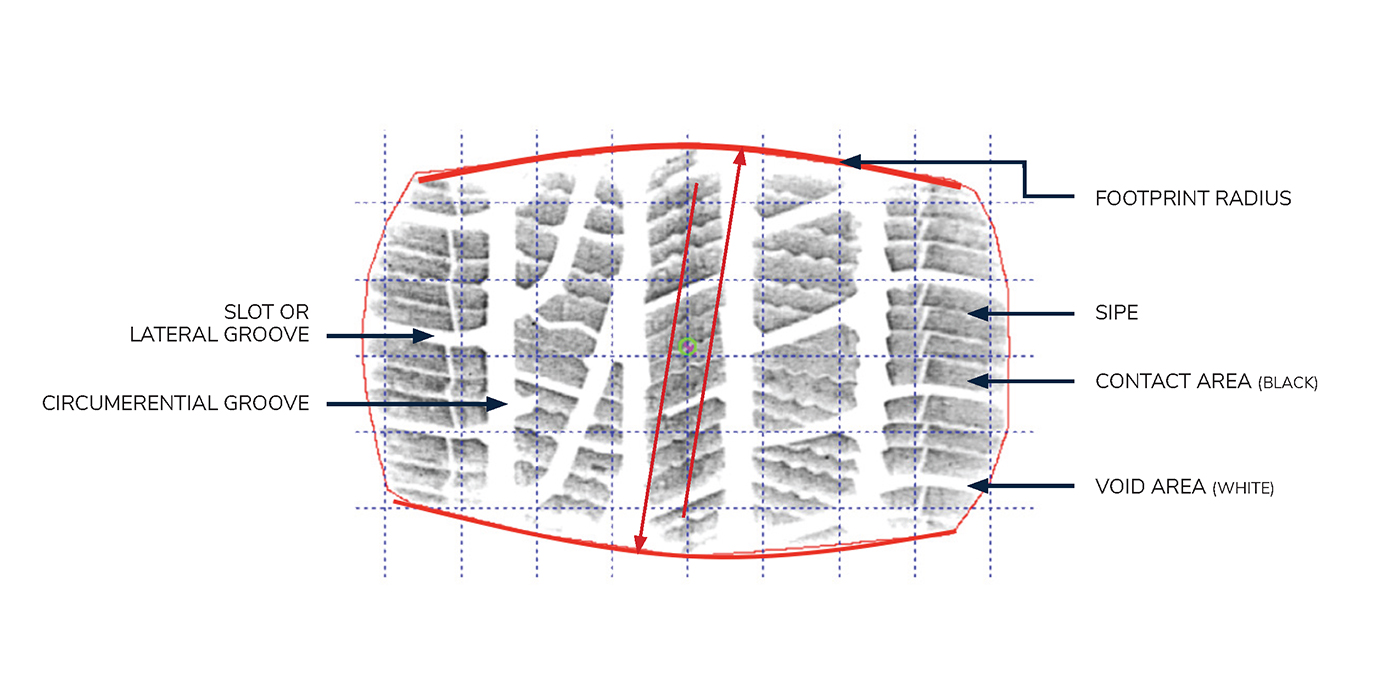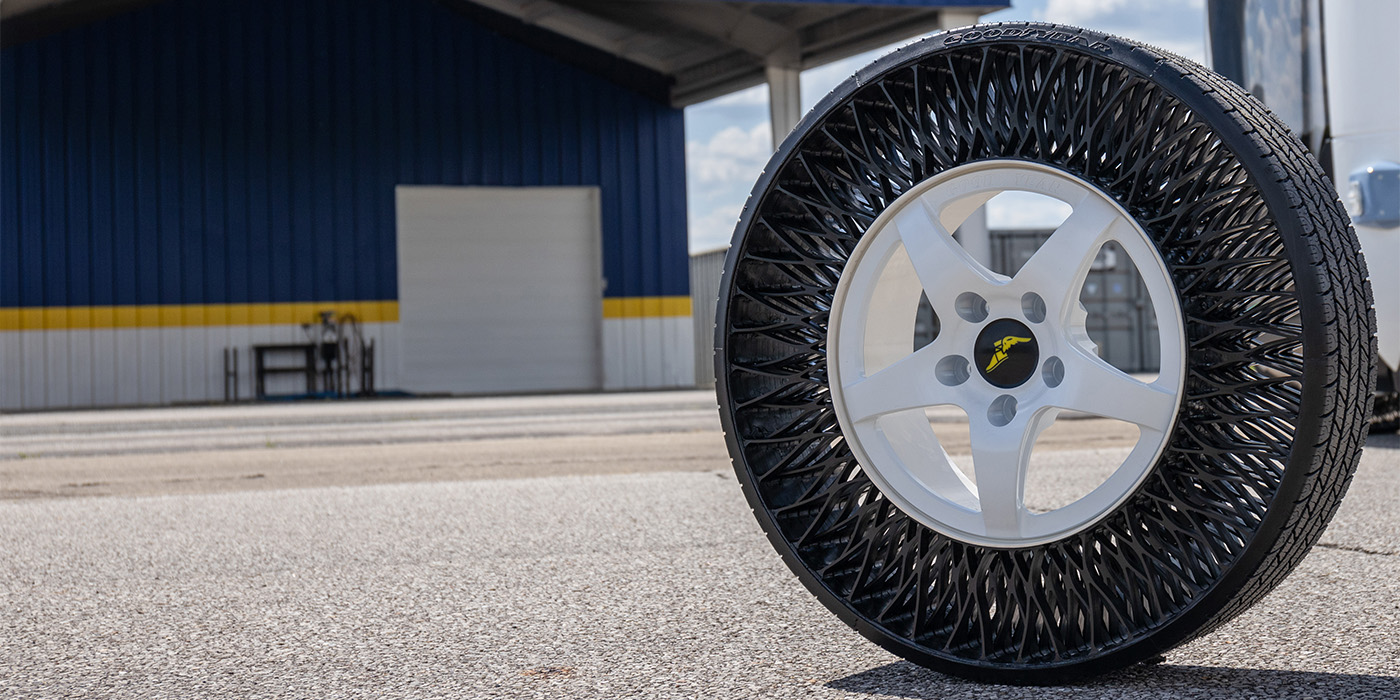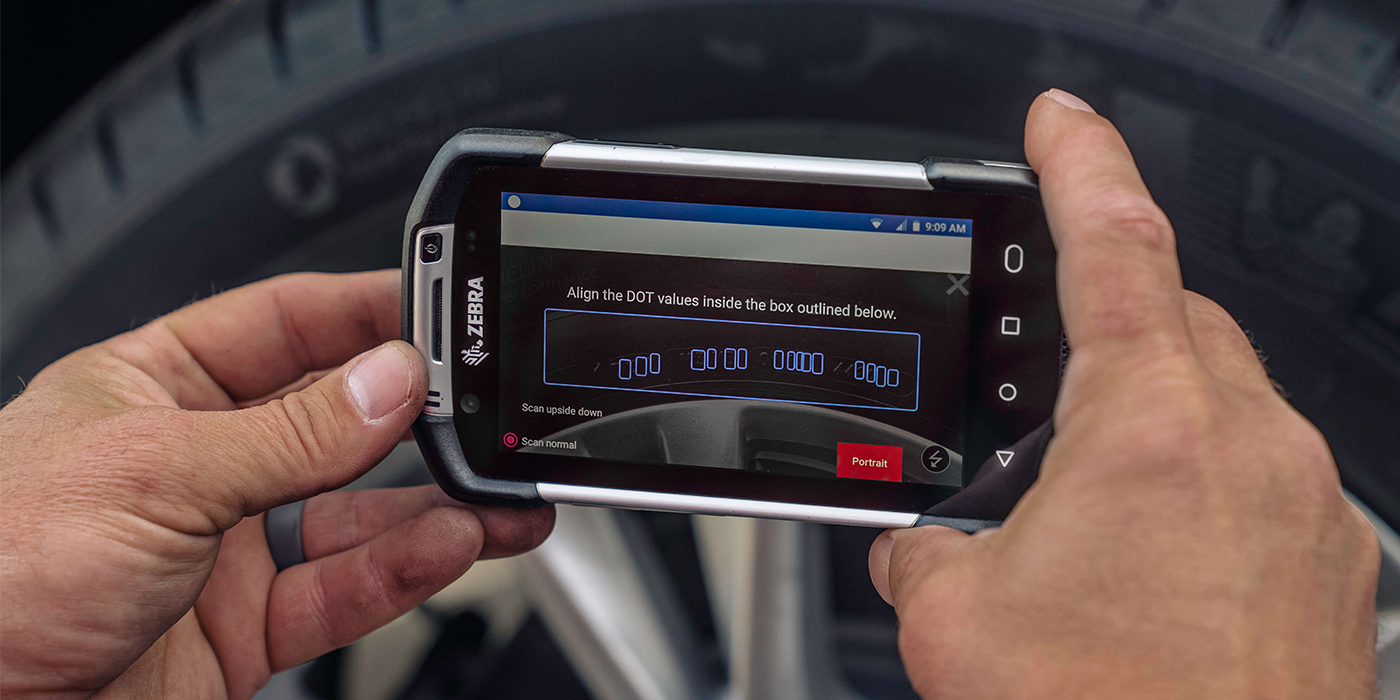When creating a piece of art – from a painting to a sculpture – an artist uses planning, skill and intuition. Michelangelo didn’t paint the Sistine Chapel’s ceiling without planning out each fresco carefully. Claude Monet spent time painting the same subjects under different conditions to prefect his skills. Jackson Pollock drew from within to invoke emotion in his paintings.
Art. Tires. How are these two things really connected?
No masterpiece can be created overnight without some planning, skill and intuition. No tire business can be successful without a bit of the same. So when you think about it, tire dealers and artists have a lot in common.
The street artist Banksy risks arrest every time he creates a piece of graffiti art. Tire dealers risk much more with their business decisions – their livelihood and the livelihood of their employees.
At Tire Review our goal is to deliver articles and information that will help the independent tire dealer’s business grow and thrive. This month is no exception. In our first annual Purchasing Guide & Business Planner, we explore the art of business planning and purchasing.
You’ve heard the old adage a hundred times: “You need to work on the business rather than in it.” Often it seems tire dealers are doing the latter.
Data from our 2015 Tire Industry Benchmarking Study found that only 27.9% of tire dealers have some sort of formal business plan. Meanwhile, just 30% have a formal budget. These numbers are staggering to me.
I’m not saying that purchasing decisions and business planning based on gut instinct are wrong. I know that works for some dealers. I’m just urging the 72% of dealers who forgo using a formal business plan to consider additional planning tools. And, perhaps back your gut instincts with facts and figures.
Setting up a formal business plan and establishing a formal budget are important exercises for any businesses to conduct. In fact, budgeting, marketing and organizational improvement plans should be examined annually.
There are several benefits to having a business plan on paper.
The first benefit is providing direction for your dealership. If you don’t know where you are going, how do you know you’ve arrived? By establishing a goal of where you want your dealership to go and what you want it to be, you can better deploy your resources to help you reach your long-term business objectives. This can also help everyone work more cohesively and accept any business changes, as there is a clear measurable objective.
Business plans can also help a tire dealer establish marketing directives. Knowing who your customers are and which customers you want to target can help you decide where to spend your marketing dollars. Instead of wasting money on newspaper advertising when you’re trying to reach a younger audience, you can re-allocate funding to more digitally focused spending.
Speaking of funding, formal budgeting is very important to a business plan. Businesses should always know what their cash flow is like; how much money is coming in and how much money is going out. With this information, a business can establish a plan and prioritize its spending. If you don’t know how much you want to spend and where you might want to spend it, you could wind up misallocating valuable dollars. Additionally, having a formal budget can remind dealers to set aside money for future growth and expansion.
Formal business plans are often required by banks to get approval for financing, too. So if you were considering expanding your business by acquiring land or another building for a new location, or perhaps you want to purchase a new piece of equipment with a bank loan, make sure your business plan is in order.
Overall, a tire dealership could grow faster and with fewer growing pains if a business plan exists.
So as the new year approaches, take the time to review your business. We hope our purchasing and business planning guide can help you examine the practices at your tire dealership, and maybe find a few ways to save your business time and money.













